Please refer to Student Guide in the Document Library for a description of the judging process and other key information for this year’s virtual fair. PLEASE DO NOT USE THE PROCESS BELOW. This process below refers to an in-person fair.
REFER TO THE Judging Process in the STUDENT GUIDE for the 2023 fair.
Judging the number and quality of projects represented at the Connecticut Science & Engineering Fair is a challenging and demanding task. Judges are drawn from a wide range of technical disciplines representing the highest professional levels of schools and colleges, industry, technical societies and scientific government agencies. Recent senior science fair alumni are enlisted as judges to take advantage of their unique perspective. Every effort is made to ensure that each project receives due consideration.
Preliminary Judging
Judging at the CSEF is conducted in two rounds. Preliminary judging takes place during Week 1, depending on your category and is the most important hurdle to overcome. Urban School Challenge competitors receive preliminary judging interviews on Tuesday once they finish setting up their projects. For all other competitors preliminary judging takes place on Wednesday and is based solely on the materials presented in the display including notebooks and reports.Special awards are also judged on this day. This is why the project display and research report are very important!
Finalist Judging
Projects selected as finalists, these are projects that are first honors, will also be judged a second time for finalist judging. During final judging, the students will have the opportunity to discuss their work with the judges. Judges may view the projects individually or as a small group. The results from preliminary judging do not carry over to finalist judging. Some of the judges at finalist judging will be seeing the projects for the first time.
[toggle title_open=”How many judges will see my project?” title_closed=”How many judges will see my project?” hide=”yes” border=”yes” style=”default” excerpt_length=”0″ read_more_text=”Read More” read_less_text=”Read Less” include_excerpt_html=”no”]At least one panel of judges and sometimes as many as five panels of judges will review a project. Each judging panel is a group of three to five people.Each awards category is judged by its own judging panel. Because of this, the number of judges examining each project can vary greatly. If the project is seen by only the regular fair awards judges (and this would be an exceptional case) eight judges would view the work.
Usually, the project is of interest to several groups. For example, a project addressing the use of garbage as a source of energy and making heavy use of mathematical techniques and computers; could be judged by the applied technology, environmental, energy, mathematics, sustainability and computer science judging panels in addition to the fair’s regular physical awards category and the special awards.[/toggle]
Major Category Award Judging
All projects are judged using the following standard criteria on a 100 point scale:
I. Research Question (10 pts)
- Science Research
- Clear and focussed purpose of the project
- Identifies contribution to field of study
- Testable using scientific methods
- Engineering
- Description and articulation of a practical need or problem to be solved
- Definition of criteria (for success and/or failure) for proposed solution
- Definition and explanation of constraints and/or assumptions
II. Design and Methodology (15 pts)
- Science Research
- Well-designed plan and data collection methods
- Variables and controls defined, appropriate and complete
- Engineering
- Exploration of alternatives to answer need or problem
- Identification and description of a solution
- Development of a prototype/model
III. Execution: Data Collection, Analysis and Interpretation (20 pts)
- Science Research
- Systematic data collection and analysis
- Reproducibility of results
- Appropriate application of analytical and statistical methods
- Sufficient data collected to support interpretation and conclusions
- Engineering
- Prototype demonstrates intended design criteria
- Prototype has been tested in multiple conditions/trials
- Prototype demonstrates engineering skill and completeness
IV. Creativity (20 pts)
- Project demonstrates significant novelty and innovation in one or more of the above criteria
V. Presentation (35 pts)
- Poster (10 pts)
- Logical organization of material
- Clarity of graphics and legends
- Supporting documentation displayed
- Interview (25 pts)
- Clear, concise, and thoughtful responses to questions
- Understanding of the fundamental science relevant to project
- Understanding of interpretation and limitations of results and conclusions
- Clear demonstration of independence in conducting the project
- Recognition of potential impact and application to related or distant scientific fields, society and/or economics
- Thoughtful and thorough discussion of potential future work
- For team projects, contributions to and understanding of project by all members
Special Award Category Judging
Because of the specific subject emphasis of the special awards, the judging criteria for the special awards are defined by the sponsoring organization. Judging for special awards is carried out separately, and involves judges familiar with, or drawn from, the sponsoring organization. The subject emphasis, different criteria, and separate judging, result in the presentation of special awards to a wide range of projects from all major fair categories. A ribbon marked “special award” placed on the project indicates that it will receive a special award at the Awards Ceremonies on Saturday.

